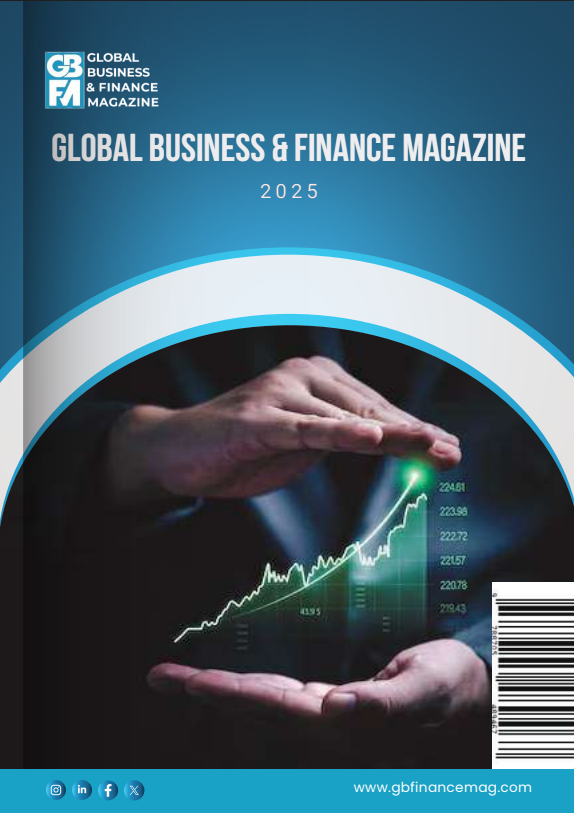In the context of financing Ukraine’s wartime economy, Western governments have paid little attention to how Ukrainians are funding the war themselves. This column analyses giving to Ukraine’s largest non-governmental provider of lethal aid, Come Back Alive. Using high-frequency daily donation data, it finds that civilian fatalities and frontline media reports generate immediate and significant increases in donations which contribute to equipment for military units. It argues that under conditions of high salience, transparent governance, and immediate need, private giving can become a meaningful complement to state capacity.
In the context of debates about alternative financing plans for Ukraine’s wartime economy (Becker et al. 2025) – such as via aid packages, taxes, or bond drives – Western governments have paid less attention to how Ukrainians are funding the war themselves. Direct donations from civilians have become a steady, large-scale source of military funding. In the past three years, grassroots giving to the Ukrainian military has reached over UAH 17 billion (nearly $500 million) through a single organisation alone. We focus on one of the most significant – and most unusual, in historical terms – mechanisms for financing the Ukrainian war effort, which is virtually unknown in the West.
A well-established body of research has shown that charitable giving increases during natural disasters and public health emergencies, as well as after war-related violence (Mitts et al. 2016), often in response to heightened media coverage and emotional cues. After the 2004 tsunami in the Indian Ocean, the US TV coverage drove a 15% increase in relief donations (Brown and Minty 2008). During COVID-19, every ten additional local news stories about the virus in England raised individual donations by 5-11 pence (Adena and Harke 2022). Yet this research largely focuses on disaster relief or pandemic aid – not on sustained funding for national defence, a classic public good. In addition, the research on disaster relief usually focuses on providing external support to those affected by those who were not, while the research on charitable giving rarely focuses on donations to a public good by those who were affected themselves in terms of civilian casualties and displacement that have eroded human capital and labour force depth (Angrist et al. 2022, Anastasia et al. 2023).
Measuring the impact of war is challenging because many channels — like societal responses and informal giving — are often hard to observe directly (Gómez Parra et al. 2022). In our case (Klymak et al. 2025), we are able to measure the societal response by focusing on giving to Ukraine’s largest non-governmental provider of lethal aid, Come Back Alive (CBA), which offers transparent, high-frequency daily donation data. Using nearly 2.9 million donations, we investigate how war-related events and media coverage influence giving. The evidence reveals that civilian fatalities and frontline media reports each generate immediate and significant increases in donations. These findings highlight the significant role of public salience and transparency in sustaining private support for national defence.
Figure 1 Daily donations to Come Back Alive


Casualties trigger immediate giving
A 1% increase in same-day civilian fatalities leads to a 0.097%-0.134% rise in daily donations, or roughly $547-$756 in May 2025 terms. In practical terms, each additional civilian death generates about $5,184 in same-day giving – enough to fund several reconnaissance drones. We also estimate that the cumulative effect of one fatality exceeds $8,169 in donations.
Donation activity peaks within three days of a fatality and fades quickly by day ten. This short cycle mirrors giving patterns seen after natural disasters. But unlike one-off events, Ukraine’s conflict produces daily shocks, meaning this donation cycle restarts again and again.
The role of the media
Media coverage plays a crucial role in shaping donation flows. A 1% increase in Ukrainian news mentions of military activity is associated with a 0.028% rise in same-day giving (roughly $2,096) and more than $8,083 in cumulative donations over time. Frontline reports – covering actual ground engagements – generate the strongest responses.
Other types of coverage also matter. Missile strikes, hospital attacks, and violence against civilians each drive noticeable increases in giving, ranging from 0.12% to 0.13% for every 1% increase in media mentions. These findings are consistent with earlier research on disaster giving (Eisensee and Strömberg 2007) and suggest that timely reporting of military events is important for maintaining civilian support. Open, detailed coverage of frontline developments can sustain both morale and crucial funding flows.
Policy implications: Beyond war bonds
Historically, governments primarily rely on war‑bond campaigns to finance military efforts (Wood 2019). Ukraine’s experience goes beyond this: donations are decentralised, voluntary, and non‑fungible to specific expenditures, yet still fund a pure public good. This suggests a complementary role for private giving alongside formal aid channels.
Policymakers should recognise four key takeaways:
- Leverage salience: Government disbursements can account for post‑event spikes in public giving.
- Support transparency: Come Back Alive’s open disclosure of every (anonymous) donation and expenditure underpins public trust. Transparent reporting should remain a cornerstone of any wartime fundraising mechanism.
- Integrate with aid strategy: While private donations cannot replace large‑scale governmental support, they can fill urgent and specific needs, particularly for frontline units requiring rapid procurement of equipment.
- Ensure that war stays at the forefront of the public discourse. As our results suggest that donations are driven by the media reporting of frontline-related events and casualties, it is important to maintain the war coverage to ensure sustained elevated giving.
Conclusion
The Ukrainian case demonstrates that under the right conditions – salient events, transparent institutions, and urgent need – citizens will voluntarily contribute to national defence. These donations are not symbolic; they fund real equipment for frontline units. The behaviour is responsive, strategic, and sustained. The Ukrainian case shows that under conditions of high salience, transparent governance, and immediate need, private giving can become a meaningful complement to state capacity.
Source : VOXeu





